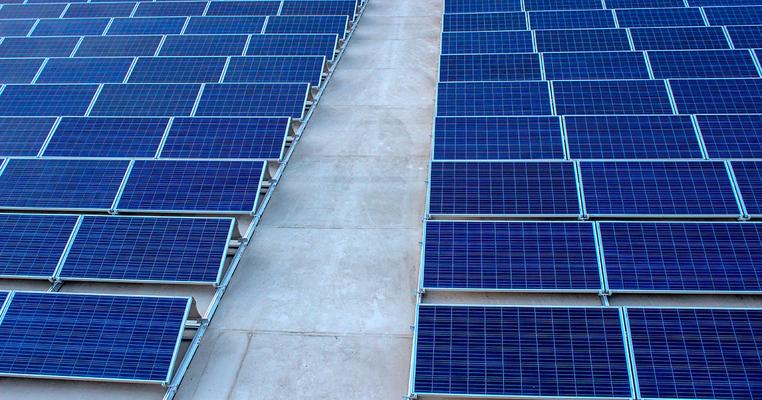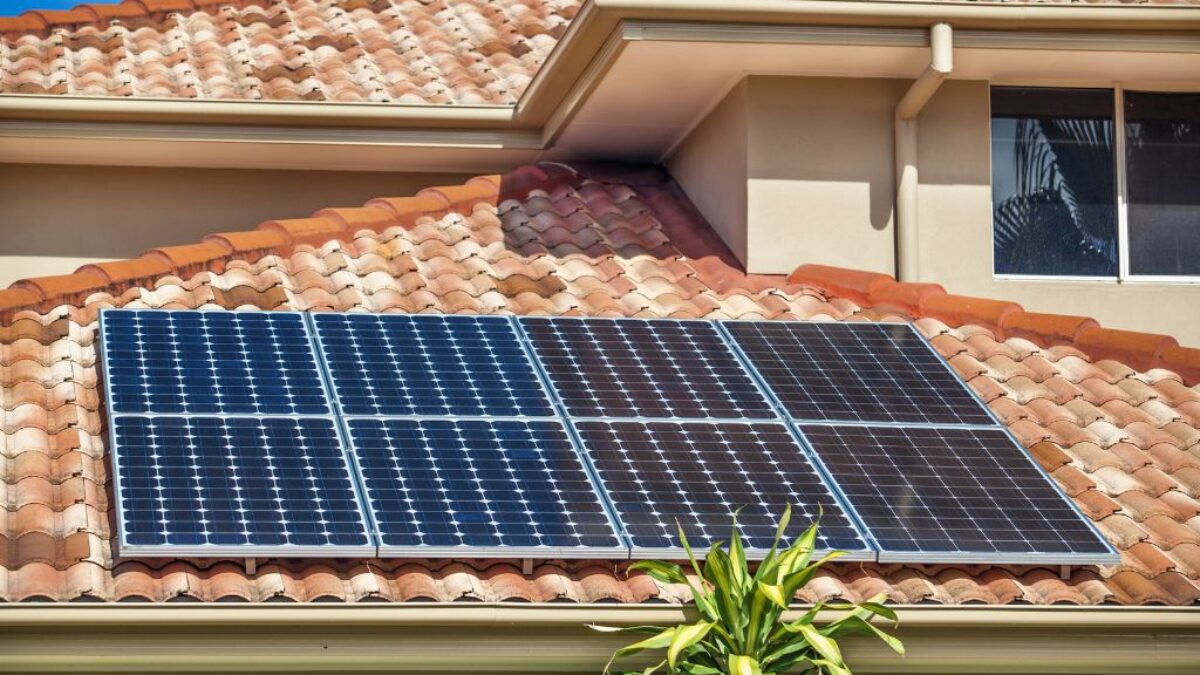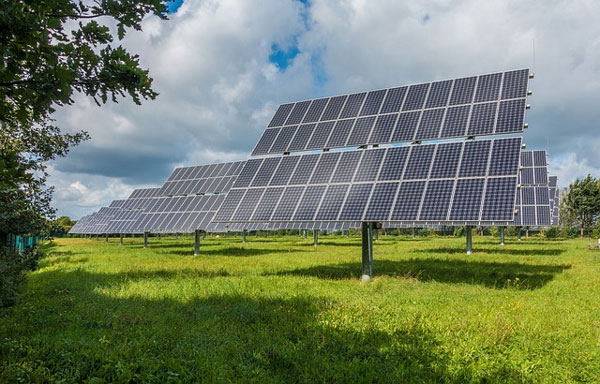Heavy Snow Accumulation
As winter arrives, solar panels will face one of the most significant challenges - deep snow. Snow can cover the solar cells and drastically diminish power generation of a panel. In Massachusetts, a study found that 30% of efficiency can be lost when just two inches of snow covers a solar panel. Automated snow-clearing solutions are employed by a few solar farms to address this issue; they automatically detect excessive weight of snow and then activate the brooms or blowers for safe removal of all accumulated ice.
How it affects Solar Panel EfficiencyHeavy snow lay on top, which not only shade but also it will add weight and pressure to the solar panels that could have a physical impact. The power drop can be extreme as well; to give you a sense of this some data was collected from an site in New York that showed the efficiency dropped precipitously during a heavy snowfall period; From 65% efficient which is pretty good, only fell back to about 15%; at times it went down further almost wholly covering them with up-to then unknown performance implications. This durability can be increased even more thanks to installation of panels at steeper angles - which pushes snow off them before it has a chance to accumulate.
Operational ChallengesWinter Solar Panel Operations not only requires physical adjustments but logistical challenges. The higher the amount of manual snow removal required, in contrast to automated services, so too can increased operational costs. Stories like this, where a solar power plant in Colorado saw maintenance costs rise by 20% during the winter. The adoption of weather monitoring systems and sensors controlling gate-heaters can prevent many operational challenges like these.
Real-world Applications & Case studiesEffects of winter adversities can be substantial, but more importantly they also indicate how these are managed in practice. Toronto Solar Energy Facility - The snow removal process of the Toronto Solar Energy is accomplished with an integrated heat tracing system within their panels that allows for a rapid melting to take place and eliminate collection. As the winter months continue, this system still holds strong and has maintained over 90% operational efficiency.

Structural Stress from Snow Weight
In areas where winters typically bring large amounts of snow, solar panels used to suffer from structural stress caused by the heavy weight of accumulated snow. If not adequately planned within the design, this can cause panels to bend if they do or even worse still in some cases lead them to break. In Minnesota, roofs in areas with heavy snow loads averaging over 40 pounds per square foot experienced structural failures almost ten percent more often than regions where the snow load is much lighter.
Stress Busting Design InnovationsIn response to the stresses of snow weight, should engineers create solar panels with beefed-up structural components? These designs can handle heavier framing and mounting systems, to absorb more loads. One of the most noteworthy cases is from a Vermont solar farm, which fitted these innovations to their panelling and saw structural damage reduce by 75% during winter.
Material AdvancementsThe type of material which is being used in making the solar panel, also contribute and has a great impact on snow weight. Newer panels that are lighter yet stronger and of the same dimensions, stand a better chance at not being damaged because they can absorb more weight on impact. A solar installation in Michigan uses 30 percent stronger composite material panels that will not crack during the weight stresses of snow load and keep producing power throughout winter months.
Monitoring and Maintenance MeasuresBoth effective monitoring and regular maintenance can help prevent long-term damage from snow piling up on the roof. Operators need to be able control the risks better by conducting regular checks and using sensors that monitor how snow accumulates in real time. In Ontario, a solar power station uses drone technology to monitor snow load on panels and fan the necessary areas clean in the winter season -prolonging structure life.
Temperature Extremes
Snow is not only an obstacle for solar panels, but also the sub-zero temperatures in winter can affect performance and weaken structures. If temperatures are low, the materials solar panels are made from may become less electrically conductive. This in turn will impair their ability to generate power efficiently; This study from Alaska showed that solar panels would generate 20% less electricity if their temperature-hit -30°F than if they were operating at a balmy 32°F.
Effects on Panel EfficiencyThe most significant case, their impact on panel efficiency. Solar cells perform better at colder temperatures but the materials are less flexible and can be cracked or might not work as well in very cold conditions. Even though a solar power plant in Maine saw better efficiency from colder temperatures by 5%, it had problems with the brittleness creating panel cracking as temps went sub -20°F.
Cold-Adapted MaterialsAs more and more products are developed for low-temperature climates, solar panel suppliers have begun experimenting with silicon materials that can remain effective despite exposure to freezing temperatures. The panels, used in a project in northern Sweden (where it gets way colder than anything the US can manage), were made with silicon cells that had been chemically tweaked to ensure their conductivity and flexibility even at vast minuses Fahrenheit -- something they demonstrated once again when summer turned unrelenting winter.
Real application and tacticsSolar installations in cold areas will typically feature active heating of the panels to ensure that they remain at temperatures where performance is maintained. To illustrate a real-world application, in Siberia they have installed heating films and modules on the solar panels with which prevent them from freezing during severe colds. This has contributed to an efficiency rate of over 85% even through the coldest months.
Reduced Daylight Hours
Solar electricity production is in winter days drastically reduced because daylight time has the Sunday to a minimum. In the winter months, up in Northern Europe daylight can last for only a few hours during any given day. This reduction comes out to literally however many less units of solar energy can be captured with a particular model. Data from a solar plant in Norway reveals how energy production falls up to 60% between June and December because of fewer daylight hours.
Impact on Energy OutputThe lack of sunlight during winter leads to a reduced output of solar panels themselves. Closer analysis has shown that solar panels in high latitude locations perform at 10 to 20 percent of their summer production strength during the winter. Include dual-axis tracking systems which adjust the angle of the panels with respect to sunlight and sky conditions as they change throughout every days.
Technological AdaptationsOne solution to counteract the decreased daylight is by developing more sensitive photovoltaic cells called technology. They are optimized for lower-light-use cells. In Iceland, with photovoltaic cells which operate at about 80% efficiency even on the shortest days of winter, and quantum efficiencies that compete with conventional production rates.
Optimizing Solar Panel LayoutInstallation Pattern Solar panels also determine how much winter sun they are able to capture. Solar panels increase their winter productivity through the optimization of tilt angle and orientation. In Finland, solar farms are mounted at 45-degree angles to maximize capture of sunlight that is lower in the sky during winter months.

Ice Formation and Removal
During winter, there is a very serious challenge of snow build-up on solar panels especially in colder parts which causes the accumulation even worse. With ice blocking the sun, if heavy enough can cause physical damage from its weight and as water freezes it expands thus resulting in burden to panels. A Canadian study performed in Ontario during peak winter months found that ice significantly diminished the output of solar panels to which it stuck, reducing (by 40%) sunlight absorbed by cells under a frozen surface.
Methods for Ice DetectionTimely removal is crucial to facilitate repair of the pavement damage and ensure the functional efficiency of solar panels. These sensors have now more advanced sensing technologies capacitive that can detect minute weight and conductivity changes on the panel surface from ice formation. In Sweden, a solar facility uses these sensors to automate the de-icing process leading to shorten response times and minimize inspections required of manual labor.
De-icing TechnologiesChallenges like this has lead to the development of a number de-icing technologies. The most effective solutions incorporate heating elements directly within the panels, similar to a heated rear car window. These items gradually warm the panels to thaw and ice much like a rear defroster without damaging its solar cells. Solar park in Alaska: hundreds of heated panels reduce efficiency losses from ice by 50%.
Maintenance StrategiesRegular upkeep is very important to contend with ice build-up on photovoltaic panels. Measures which are more proactive - including treating the surface of panels with so called hydrophobic coatings that repel water from sticking to their surfaces - have proven effective. Those coated installations in Finland have record a drop of 30% ice formation, which should make pulling and twisting solar panels to remove snow significantly less frequent yet keeps the winter production going strong.



